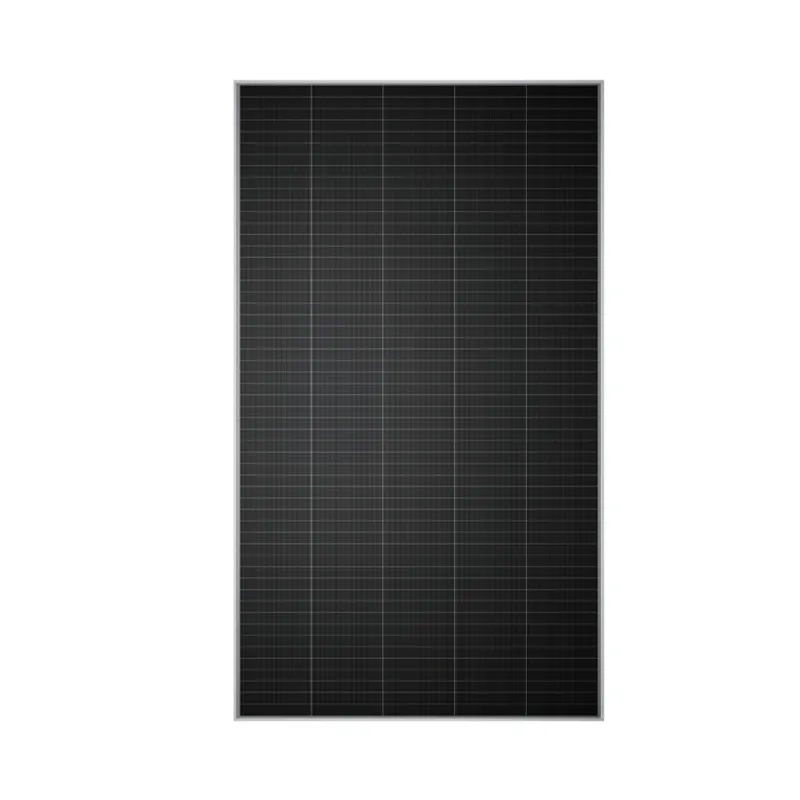Exploring the Possibilities of Achieving 100 Percent Efficiency in Solar Panel Technology
The Future of Solar Energy Achieving 100% Efficiency in Solar Panels
In recent years, the world has witnessed a significant shift towards renewable energy sources, with solar power leading the charge. As countries around the globe strive to reduce their carbon footprints and combat climate change, the pursuit of solar panel efficiency has become paramount. Imagine a world where solar panels achieve 100% efficiency—this dream may one day become a reality, revolutionizing how we harness energy from the sun.
Currently, most commercially available solar panels exhibit an efficiency of about 15% to 22%. This means that only a fraction of the sunlight that hits the panels is converted into electricity. While advancements in technology have steadily improved this efficiency over the years, reaching the holy grail of 100% efficiency would completely transform the energy landscape. Such a breakthrough would not only provide clean energy perpetually but also alleviate the problems of energy storage and distribution.
The Future of Solar Energy Achieving 100% Efficiency in Solar Panels
Achieving 100% efficiency would mean eliminating these losses. Researchers are exploring various innovative materials and technologies to push the limits of efficiency. For example, multi-junction solar cells, which layer different semiconductor materials to capture a broader spectrum of sunlight, have shown promising results. These cells can achieve efficiencies of over 40% in laboratory settings, but scaling them for widespread use remains a challenge.
100 watt solar panel efficiency

Another avenue of research focuses on materials beyond silicon, such as perovskite solar cells. These materials have demonstrated the potential for high efficiency and lower production costs. However, stability and longevity issues have hindered their commercial rollout. Finding a way to ensure that these materials can operate for decades, similar to traditional silicon panels, is crucial for broader adoption.
Additionally, advancements in nanotechnology and photonic structures offer new possibilities for harvesting solar energy. Researchers are investigating ways to manipulate light at the nanoscale to maximize absorption and reduce reflection. Concepts such as light-trapping structures or using quantum dots could pave the way toward achieving higher efficiencies.
While reaching 100% efficiency is an ambitious goal, it sparks exciting discussions about the future of energy generation. If solar panels could convert every photon they encounter into usable energy, the implications would be enormous. Homes and businesses could become energy-independent, entire cities could operate on renewable energy, and countries could shift away from fossil fuels entirely. The reliance on conventional energy sources would diminish, leading to a significant reduction in greenhouse gas emissions.
Despite the challenges that lie ahead, the pursuit of 100% efficient solar panels embodies the spirit of innovation driving the renewable energy sector. Continued investment in research and development, alongside supportive public policies, will be essential in making this vision a reality. As we work towards harnessing the full potential of solar energy, the dream of 100% efficiency serves as a beacon of hope for a sustainable and clean-energy future.
In conclusion, the journey to achieving 100% efficiency in solar panels is fraught with technical hurdles and challenges. Nevertheless, it is a pursuit worth undertaking, as it promises to change the energy landscape forever, empowering individuals and communities, and fostering a cleaner, greener planet. With determination and ingenuity, we may find ourselves one step closer to a world powered entirely by the sun.
-
Understanding the Advantages of Solar String Inverters for Your Energy SystemNewsApr.29,2025
-
Choosing the Right PV Inverter: A Comprehensive GuideNewsApr.29,2025
-
The Future of Solar Power: Exploring Bifacial Solar PanelsNewsApr.29,2025
-
The Complete Guide to Solar Panels: Efficiency, Cost, And InstallationNewsApr.29,2025
-
The Best Options for Efficiency and Cost-EffectivenessNewsApr.29,2025
-
Harnessing the Power of Off-Grid Solar Inverters for Energy IndependenceNewsApr.29,2025







